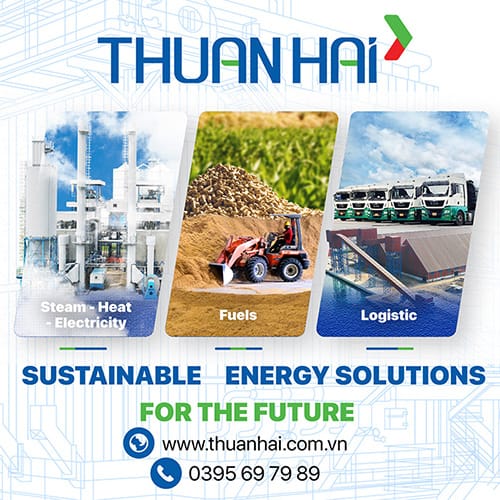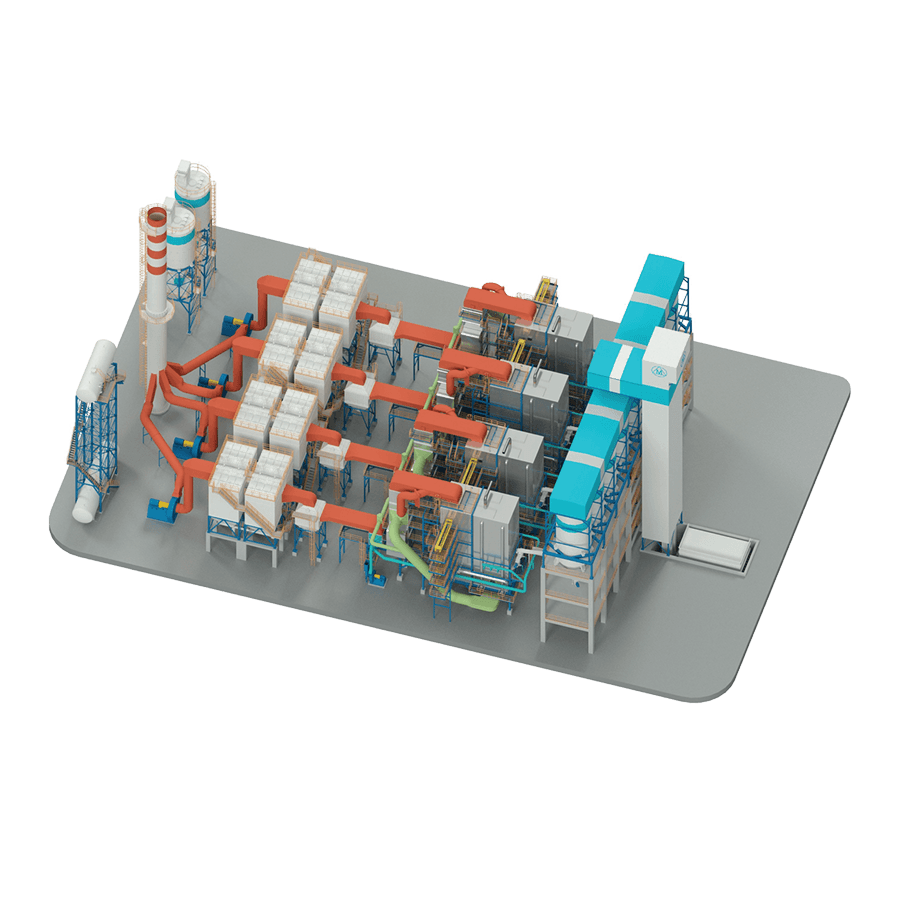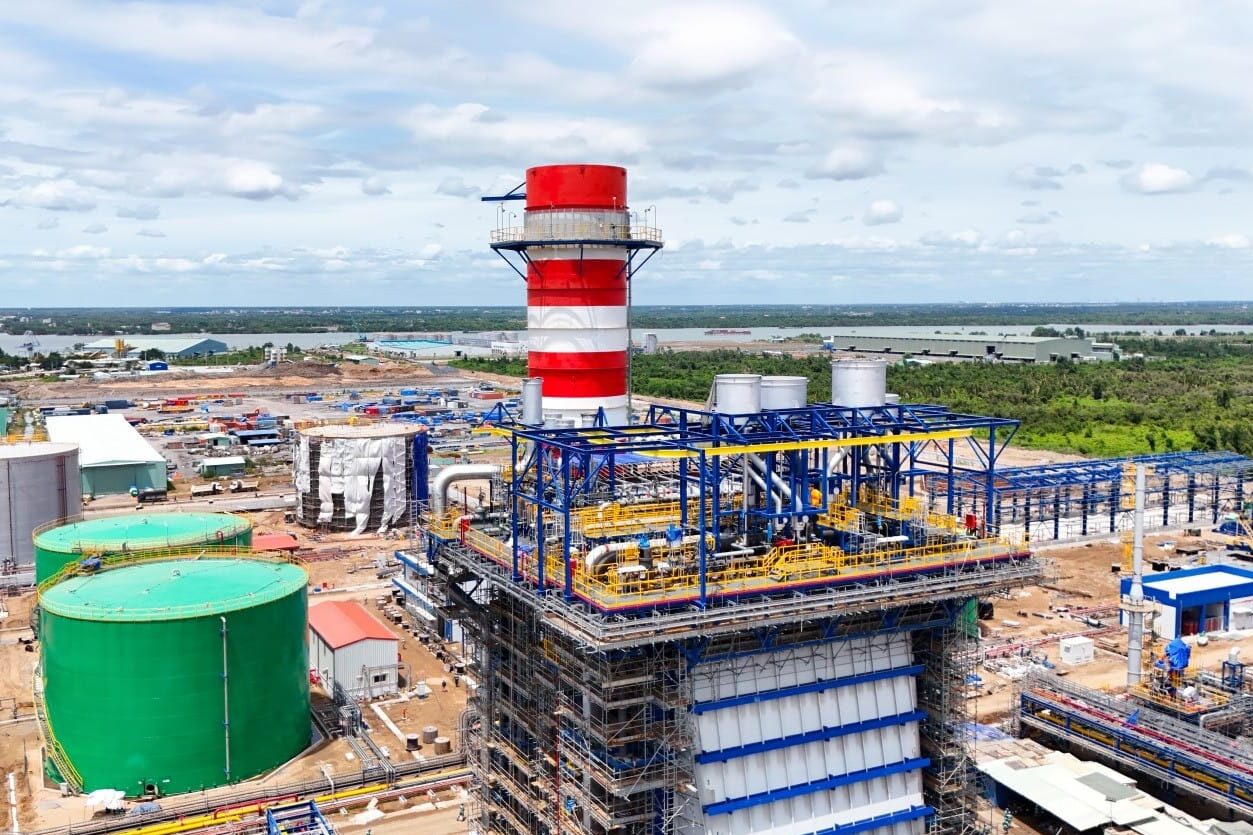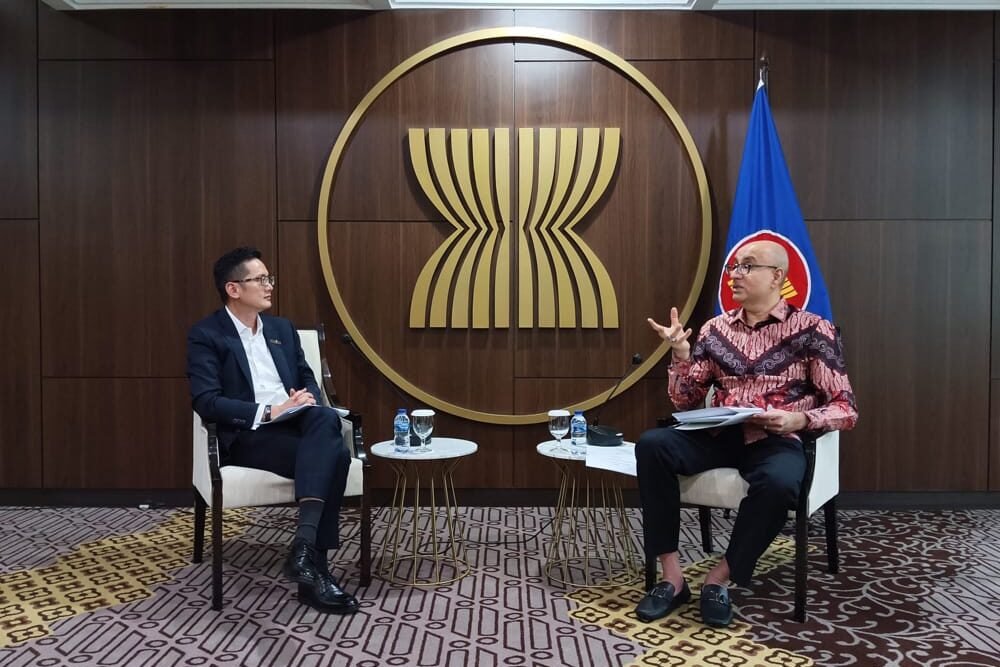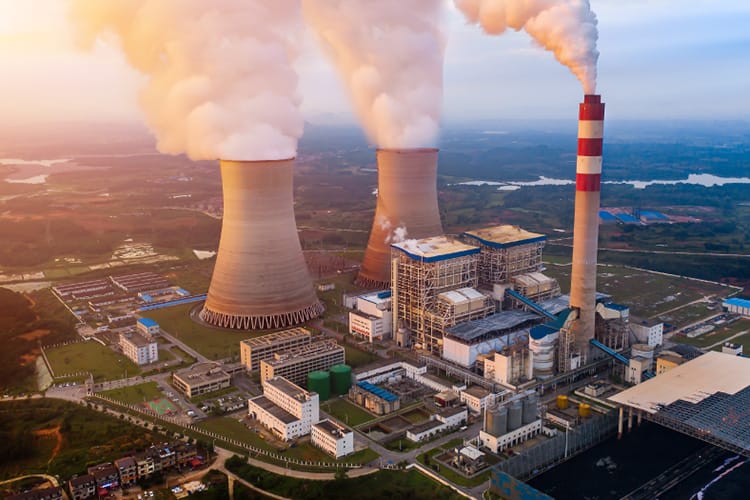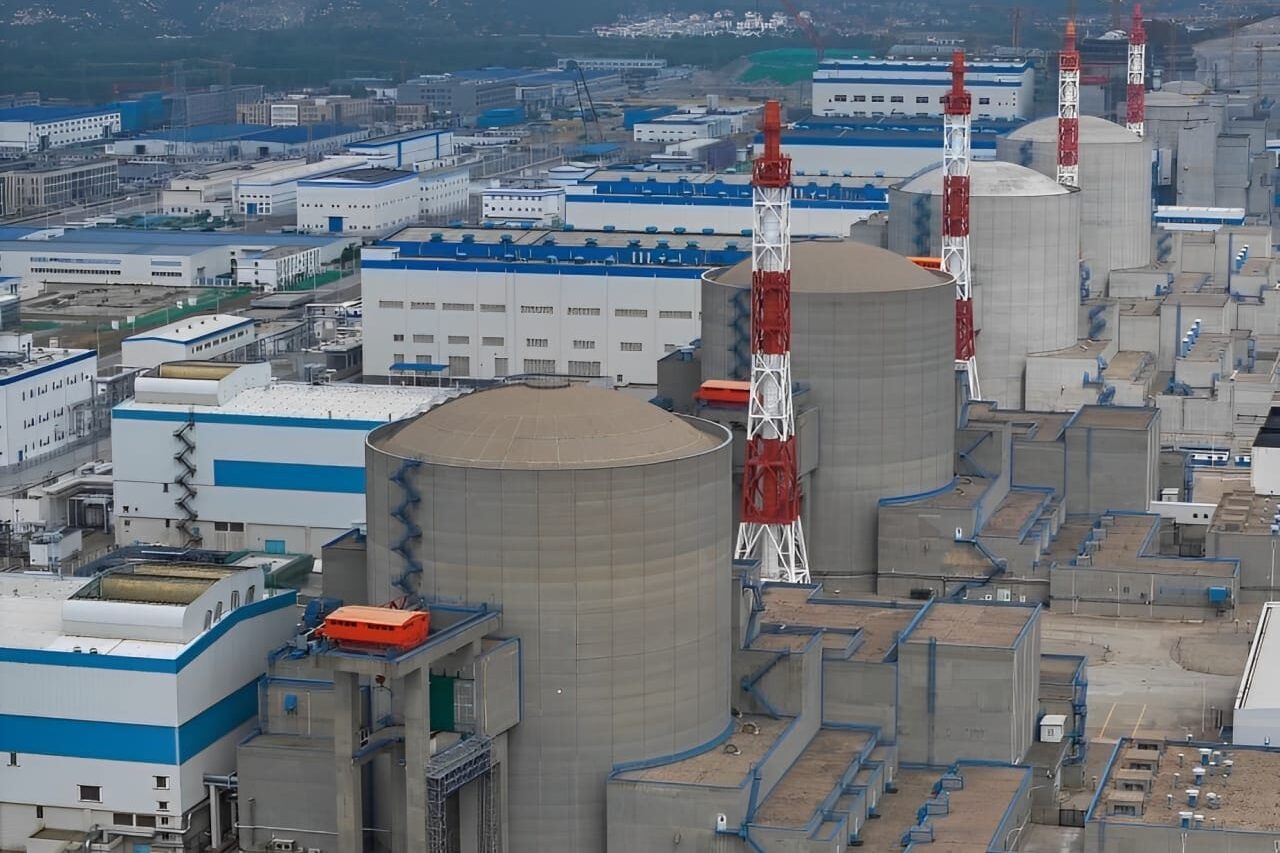“ASEAN is accelerating its renewable energy transition, yet the integration into national and regional power grids faces complex technical, financial, and regulatory barriers.”
Renewable Energy Development and Grid Integration Challenges in ASEAN
Southeast Asia holds great potential for clean energy sources such as solar, wind, hydropower, and geothermal. However, integrating renewable energy into the power grid faces several challenges, including technical, financial, policy, and social factors. This article analyzes key aspects and proposes solutions.
⚡ I. Renewable Energy Potential and Growth
☀️ 1. Major Renewable Sources
-
Solar energy: ASEAN benefits from year-round solar radiation, leading to a surge in solar power projects in Vietnam, Thailand, and Indonesia. A notable project by the end of 2023 is the Cirata floating solar system (145 MW) in Indonesia.
-
Wind, hydro, and geothermal: Strong wind in the Philippines and Vietnam; geothermal potential in Indonesia and the Philippines; major hydropower in Laos and Cambodia.

💰 2. Investment and Policy
According to the IEA, global capacity must increase by 2.7 times by 2030, with each Southeast Asian nation needing to improve its policy framework and financing mechanisms. A report by Bain & Company highlights the region’s lag in green investment, with clean capital accounting for only 10% of energy financing — a rate that must rise fivefold to meet climate goals.
🌐 II. Grid Integration Challenges
🔌 1. Incompatible Grid Infrastructure
-
The transmission infrastructure lacks compatibility with fluctuating energy sources like solar and wind.
-
Vietnam aimed for 1,650 MW of renewable energy by 2020, but grid infrastructure hasn’t kept pace, with many projects lacking storage and reliable transmission.
-
Incidents like energy curtailment stem from inflexible grids and insufficient storage or smart control devices.

2. Technical and Operational Issues
-
Lack of frequency and voltage stability; for example, AC systems may experience voltage fluctuations under high renewable penetration.
-
Loss of system inertia due to fewer synchronous generators, causing instability under imbalances.
-
Need for technologies such as VSC–HVDC, battery storage, and demand response services to maintain balance.
3. Financial and Policy Barriers
-
Indonesia needs about USD 154 billion to reach 23% renewable energy by 2025, but lacks stable policies and private investment incentives.
-
Several large-scale projects are stalled due to subsidy rollbacks, e.g., Vietnam reducing FiT rates for solar and wind after 2025.
-
Other barriers include weak international interconnection frameworks. ASEAN Power Grid has 13 links totaling 5,212 MW, but expansion requires legal and technical harmonization.
4. Disparity Among Nations
-
Countries like the Philippines and Thailand have flexible grids ready for renewable integration; others like Laos, Cambodia, and Myanmar still lack key functionalities and balancing markets.
-
This disparity hinders cross-border trade, despite aspirations like Singapore importing electricity from Laos, Indonesia, and Cambodia.
5. Social and Environmental Factors
-
Some geothermal projects face local opposition due to environmental and safety concerns.
-
Lack of awareness, transparency, and benefit-sharing mechanisms with local communities.
🌟 III. Policy and Technical Solutions

1. Grid Modernization
-
Investing in smart grids, battery storage, and remote control systems.
-
Applying technologies like VSC–HVDC, voltage regulators, and grid stabilization devices.
2. Policy and Financial Reform
-
Establishing a stable legal framework with clear, transparent FiT commitments. For example, Indonesia must address policy inconsistency to attract investment.
-
Implementing blended finance models: green bonds, public-private investment, and carbon credit systems.
3. Cross-border Cooperation
-
Promoting ASEAN Power Grid and regional power purchase agreements (e.g., Singapore’s import projects).
-
Standardizing technical frameworks, legal regulations, and power market institutions.
4. Awareness and Community Engagement
-
Launching training and media campaigns to raise awareness about the benefits of renewable energy and environmental protection.
-
Establishing clear community consultation processes, ensuring local rights and monitoring cultural and environmental impacts.
Conclusion: Advancing Renewable Energy in Southeast Asia
Southeast Asia is at a golden moment to accelerate renewable energy. However, to realize the benefits of grid integration, the region must overcome technical, financial, and policy hurdles. By upgrading infrastructure, reforming policy, enhancing regional cooperation, and mobilizing communities, Southeast Asia can build a greener, safer, and more resilient energy system.
(Vn-Industry)
Source: Compilation
Homepage: https://vn-industry.com






